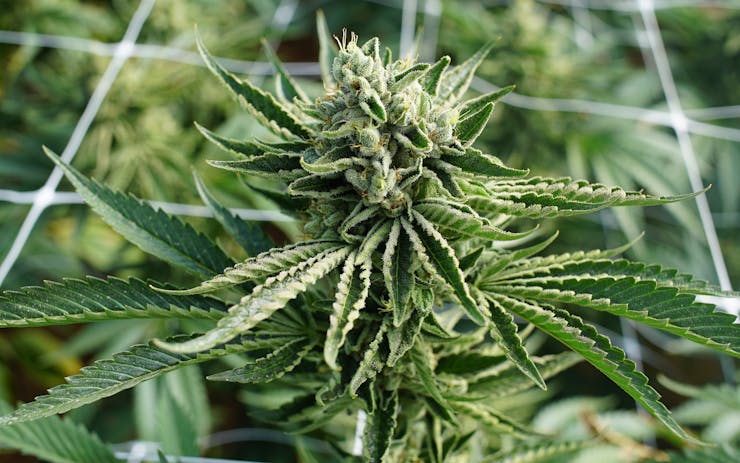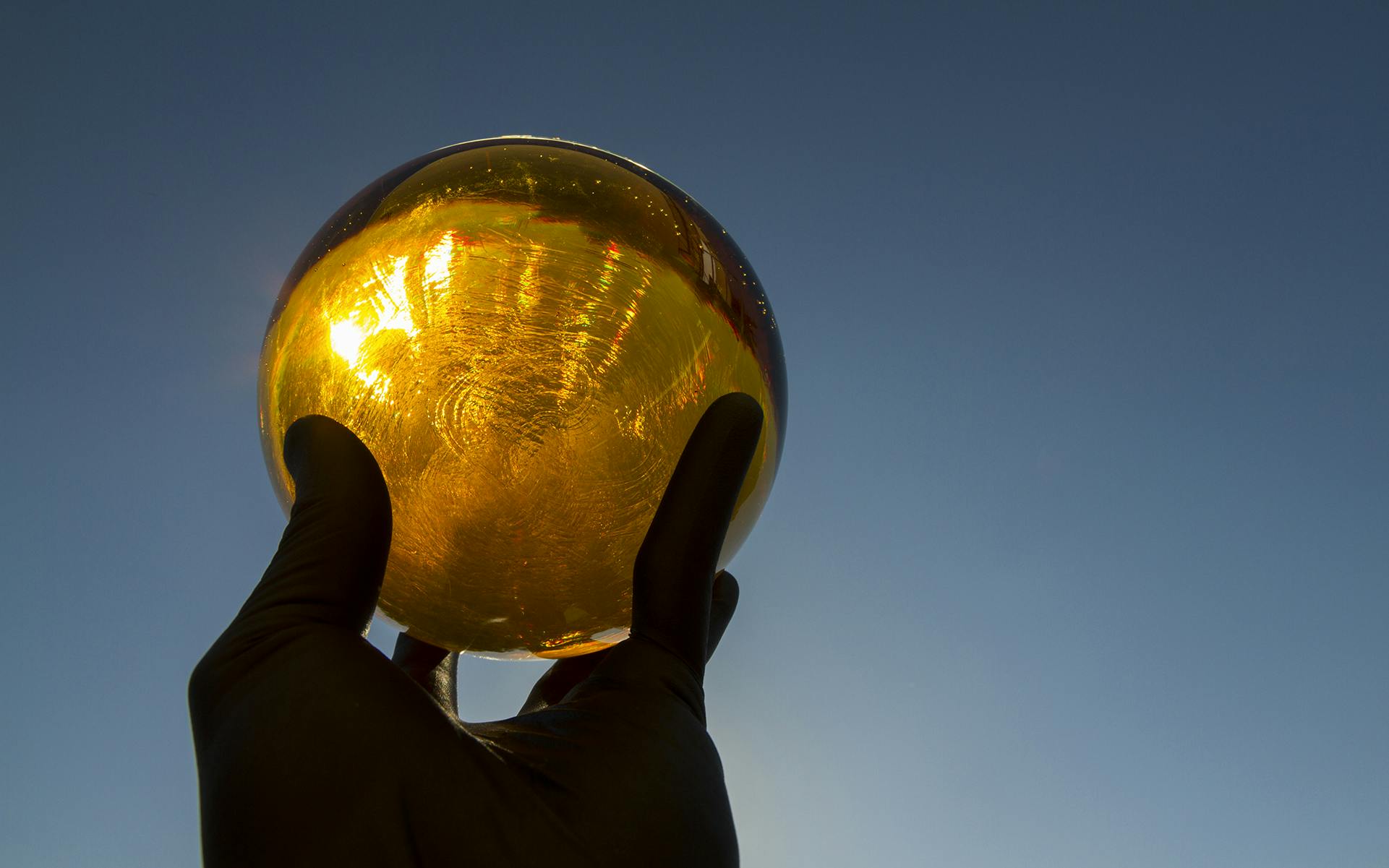This article is sponsored by The Bloom Brand. The Bloom Brand is the leading cannabis lifestyle brand in Southern California, striving to set the standards of consistency and quality for concentrate products in the market today.
If we’re stereotyping cannabis strains, sativas can be thought of as the “uppers” of the cannabis world – more energetic, clear-headed, and motivating than their relaxing and often couch-locking indica cousins. But why is that the case? What makes Super Lemon Haze better for going about your day than, say, Granddaddy Purple?
What is the Difference Between Sativa and Indica Strains?

From a scientific perspective, the genetic differences between sativa and indica are hard to pin down. Physically, sativa plants grow tall and thin while indica plants are short and wide. Some studies have indicated that indicas in general have a higher level of CBD while sativas contain more THC; however, these studies have not been conclusive. The line between Cannabis indica and Cannabis sativa was originally drawn taxonomically using Carl Linnaeus’s naming system. Sativas were the original cannabis strains discovered in Europe, and were classified by Linnaeus himself; indicas were later discovered in India, hence the name.
But if the distinction began largely as one of etymology and origin, why do we observe such a noticeable difference between the effects of each strain type? The observed effects of sativas and indicas vary, as noted by thousands of cannabis users, and certain properties have come to be associated with each strain type. While there are plenty of exceptions, the easiest way to generalize the difference is that sativas offer a more pronounced “mind high” while indicas tend to be experienced as more of a “body high.”
How Terpenes Impact Sativa and Indica Effects
Terpenes, the aromatic essential oils produced by all cannabis plants, give each strain its unique set of smells, flavors, and characteristics, and seem to offer the clearest explanation for the variance in observed effects of these two cannabis categories. For example, pinene is a terpene that smells like evergreen trees, whose reported effects include alertness, memory retention, and general euphoria. One of the most popular sativa strains, Jack Herer, is known to have a heavy concentration of pinene among its terpenes. The majority of Jack Herer users agree that the strain makes them feel creative, uplifted, and energetic.
How exactly do terpenes impact your experience with a given strain type? While plenty of research has yet to be done, scientists know that the human brain has a concentration of receptors that are affected by THC. When you smoke, vape, or dab, these receptors activate and help create the “high” feeling that you experience. Once terpenes are present, they can change the way THC interacts with the brain’s receptors. The type of terpenes, along with their relative concentrations, can help determine what kind of high you experience, as well as how intense your high is.
Sativas tend to contain a higher concentration of terpenes such as pinene and limonene that can create an uplifting, euphoric “high” experience. They also have a low concentration of terpenes such as myrcene, which is found frequently in indica strains and is considered to have sedative effects. This explains why indica is associated with the feeling known as “couch-lock.” Although there are exceptions to the rule, and although different phenotypes of the same strain can produce buds with varying terpene concentrations, the distinction in the mix of these terpenes can help shed light on the differences between sativas and indicas.
Consuming Sativa Strains

Sativas can be used in a wide variety of applications. Because they tend to stimulate creativity, artists gravitate towards these strains to help inspire their work. Athletes can use sativa as a supplement in their workouts because it allows them to feel alert without worrying about the sluggish effects of an indica. Working professionals may gravitate toward sativas because they promote mental acuity and counteract the effects of working in front of a computer for the majority of the day.
That said, in a market where regulations vary widely, a gram of Jack Herer from one grower may differ markedly in cannabinoid and terpene content from that of a grower a few miles down the road. Yet while the characteristics of cannabis flower depends greatly on controlling factors like moisture content, seed origin, light exposure, and so forth, concentrate producers can guarantee and replicate a product with exact amounts of various cannabinoids and terpenes, which ultimately determine the product’s effects. For the consumer, cannabis concentrates may be the most consistently effective ways to experience the desired effects of sativa strains.
The Bloom Brand & Living Active

Due to the lack of overarching regulation in the cannabis industry, it’s important to chose the right producer of concentrates. One vendor that has been extremely effective at producing a consistent cannabis product is The Bloom Brand, which specializes in concentrate cartridges for portable vaporizers and focuses explicitly on consistency in the end product. While most concentrate vendors don’t set out to replicate the exact characteristics of the strain they extract from, The Bloom Brand takes special care to ensure that each of their available strain-specific concentrates have terpene profiles that match the original strain at a one-to-one ratio. As such, The Bloom Brand’s concentrates offer effects entirely consistent with the effects of the original strain.
The Bloom Brand is dedicated to promoting active lifestyles with its sativa concentrates. Whether you use sativas in a social setting or as a supplement to a workout, these strains help promote problem-solving and productivity. In a way, sativa strains are helping blaze the trail toward cannabis legalization as they combat stoner stereotypes and appeal to a wide audience of everyone from world-class athletes to business executives.
References
Russo, E. B. (2011), Taming THC: potential cannabis synergy and phytocannabinoid-terpenoid entourage effects. British Journal of Pharmacology, 163: 1344–1364.
Watts, G. (2006). Cannabis confusions. BMJ : British Medical Journal,332(7534), 175–176.









